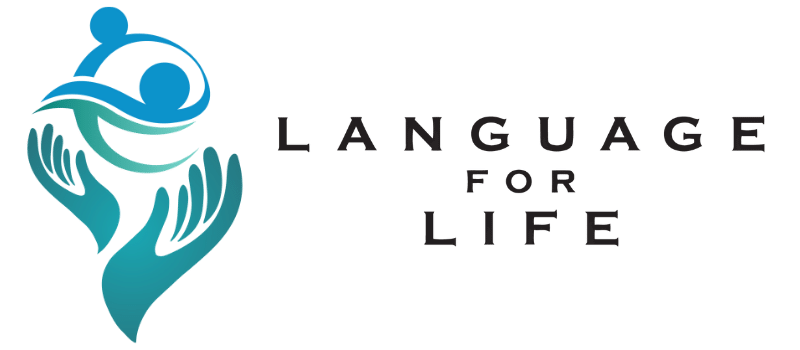Assistive technologies play an essential part in empowering individuals who receive occupational therapy by increasing their independence, expanding their functional capacities, and enabling them to participate more completely in their daily activities. In the field of occupational therapy, assistive technologies are empowering people in the following ways:
Mobility Aids:
People with physical disabilities or limits might benefit from the support of mobility aids including wheelchairs, walkers, and canes. They can access multiple environments, move around on their own, and take part in a variety of activities due to these assistance.
Adaptive Tools and Equipment:
Occupational therapy frequently entails changing tools and equipment to better suit an individual’s abilities. Adapting utensils, writing aids, dressing tools, or specialized equipment for tasks like cooking, gardening, or playing musical instruments is one example of this. These modifications enable people to complete tasks that they might find difficult otherwise, encouraging independence and involvement.
Communication Devices:
Individuals with speech or language difficulties can benefit from assistive technologies like augmentative and alternative communication (AAC) devices. These devices can range from basic picture boards to sophisticated electronic devices that generate speech. AAC devices give people a way to communicate, allowing them to express their wants, ideas, and thoughts clearly. This enhances their quality of life and involvement in social interactions.
Computer accessibility in Occupational Therapy:
Due to technology, people with disabilities now have more ways to access and use computers. Individuals with visual, motor, or cognitive disabilities can utilize screen readers, voice recognition software, alternative input devices (like specialized keyboards or switches), and adaptive software to navigate digital platforms, access information, and participate in various activities on computers and the internet.
Environmental Control Systems:
These systems make it possible for people with physical limitations to manage their surroundings, including the lighting, temperature, doors, and other appliances. People can freely control their surroundings using voice commands, switches, or specialized interfaces, increasing their autonomy and decreasing dependence on others.
Prosthetics and Orthotics:
Advanced prosthetic limbs and orthotic devices offer people who have lost or are disabled by a limb assistance and functioning. These technologies assist individuals to regain their mobility, increase their capacity for carrying out certain duties, and foster their general independence and participation in a variety of activities.
Sensory Integration Tools:
Occupational therapists may use assistive technology like weighted blankets, sensory-friendly furniture, or specific sensory stimulation equipment for those who have trouble processing sensory information. These technologies support engaging in worthwhile tasks, improving attention, and regulating sensory input.
Adaptive Sports Equipment:
Is frequently used by occupational therapists to allow individuals who have disabilities to take part in sports and recreational activities. This can include modified bicycles, wheelchairs for sports, and equipment for a variety of sports.
Overall, occupational therapy uses assistive technologies to empower people by addressing their unique challenges and enhancing their functional capacities. These technologies make it possible for individuals to live more happy and independent lives by offering individualized solutions and encouraging independence. To maximize the advantages of assistive technology in their therapeutic process, occupational therapists must evaluate their client’s needs, take into account the technologies that are now available, and offer the proper training and assistance.
Credit: Physioinq


